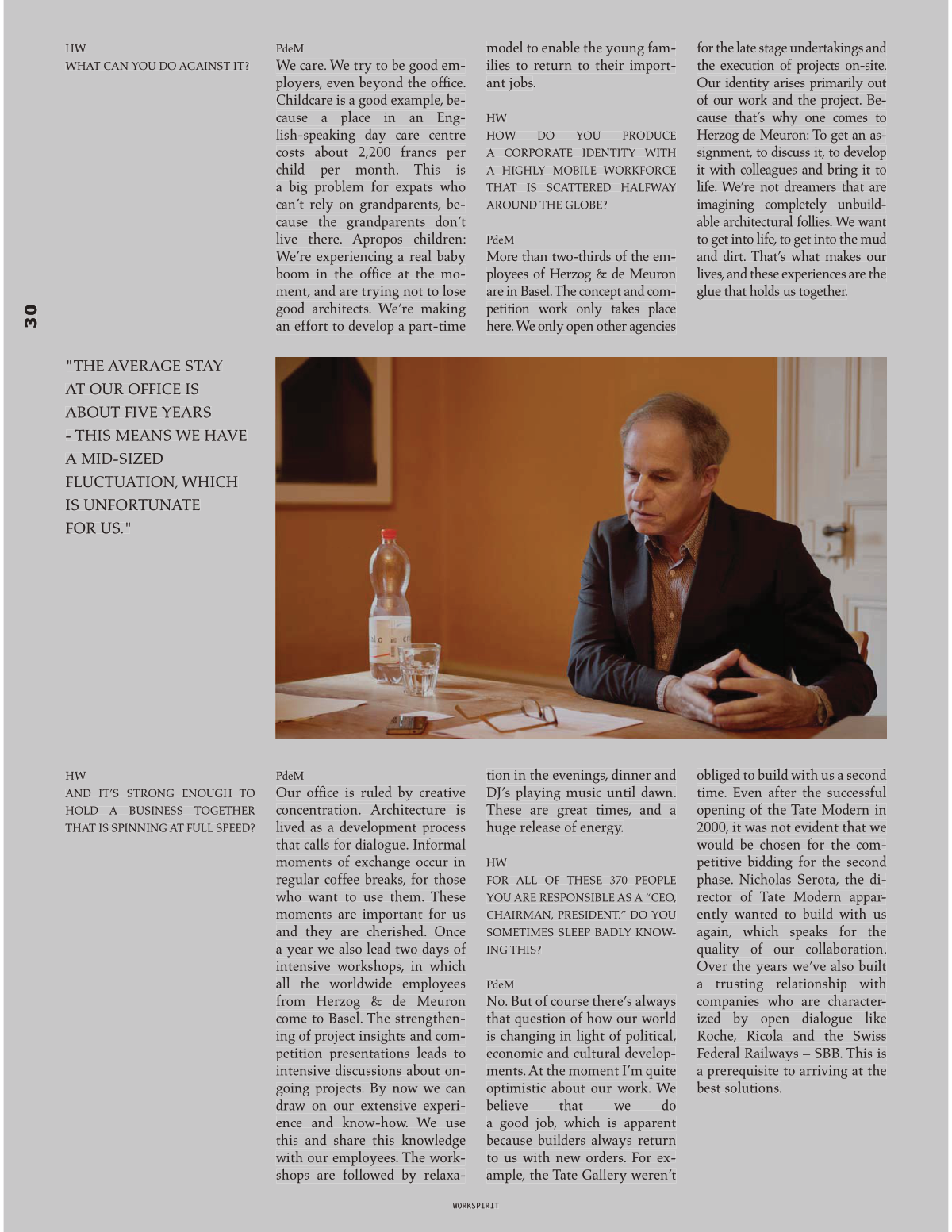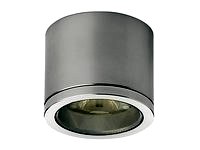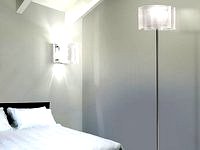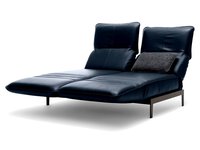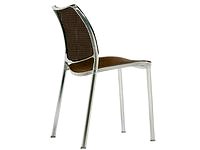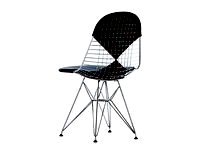��
��
WORKSPIRIT
HW
WHAT CAN YOU DO AGAINST IT?
PdeM
We care. We try to be good em-
ployers, even beyond the offi ce.
Childcare is a good example, be-
cause a place in an Eng-
lish-speaking day care centre
costs about 2,200 francs per
child
per
month. This
is
a big problem for expats who
can’t rely on grandparents, be-
cause the grandparents don’t
live there. Apropos children:
We’re experiencing a real baby
boom in the offi ce at the mo-
ment, and are trying not to lose
good architects. We’re making
an effort to develop a part-time
HW
AND IT’S STRONG ENOUGH TO
HOLD A BUSINESS TOGETHER
THAT IS SPINNING AT FULL SPEED?
model to enable the young fam-
ilies to return to their import-
ant jobs.
HW
HOW
DO
YOU
PRODUCE
A CORPORATE IDENTITY WITH
A HIGHLY MOBILE WORKFORCE
THAT IS SCATTERED HALFWAY
AROUND THE GLOBE?
PdeM
More than two-thirds of the em-
ployees of Herzog & de Meuron
are in Basel. The concept and com-
petition work only takes place
here. We only open other agencies
for the late stage undertakings and
the execution of projects on-site.
Our identity arises primarily out
of our work and the project. Be-
cause that’s why one comes to
Herzog de Meuron: To get an as-
signment, to discuss it, to develop
it with colleagues and bring it to
life. We’re not dreamers that are
imagining completely unbuild-
able architectural follies. We want
to get into life, to get into the mud
and dirt. That’s what makes our
lives, and these experiences are the
glue that holds us together.
PdeM
Our offi ce is ruled by creative
concentration. Architecture is
lived as a development process
that calls for dialogue. Informal
moments of exchange occur in
regular coffee breaks, for those
who want to use them. These
moments are important for us
and they are cherished. Once
a year we also lead two days of
intensive workshops, in which
all the worldwide employees
from Herzog & de Meuron
come to Basel. The strengthen-
ing of project insights and com-
petition presentations leads to
intensive discussions about on-
going projects. By now we can
draw on our extensive experi-
ence and know-how. We use
this and share this knowledge
with our employees. The work-
shops are followed by relaxa-
tion in the evenings, dinner and
DJ’s playing music until dawn.
These are great times, and a
huge release of energy.
HW
FOR ALL OF THESE 370 PEOPLE
YOU ARE RESPONSIBLE AS A “CEO,
CHAIRMAN, PRESIDENT.” DO YOU
SOMETIMES SLEEP BADLY KNOW-
ING THIS?
PdeM
No. But of course there’s always
that question of how our world
is changing in light of political,
economic and cultural develop-
ments. At the moment I’m quite
optimistic about our work. We
believe
that
we
do
a good job, which is apparent
because builders always return
to us with new orders. For ex-
ample, the Tate Gallery weren’t
obliged to build with us a second
time. Even after the successful
opening of the Tate Modern in
2000, it was not evident that we
would be chosen for the com-
petitive bidding for the second
phase. Nicholas Serota, the di-
rector of Tate Modern appar-
ently wanted to build with us
again, which speaks for the
quality of our collaboration.
Over the years we’ve also built
a trusting relationship with
companies who are character-
ized by open dialogue like
Roche, Ricola and the Swiss
Federal Railways – SBB. This is
a prerequisite to arriving at the
best solutions.
"THE AVERAGE STAY
AT OUR OFFICE IS
ABOUT FIVE YEARS
- THIS MEANS WE HAVE
A MID-SIZED
FLUCTUATION, WHICH
IS UNFORTUNATE
FOR US."
��
��
WORKSPIRIT
HW
WHAT CAN YOU DO AGAINST IT?
PdeM
We care. We try to be good em-
ployers, even beyond the offi ce.
Childcare is a good example, be-
cause a place in an Eng-
lish-speaking day care centre
costs about 2,200 francs per
child
per
month. This
is
a big problem for expats who
can’t rely on grandparents, be-
cause the grandparents don’t
live there. Apropos children:
We’re experiencing a real baby
boom in the offi ce at the mo-
ment, and are trying not to lose
good architects. We’re making
an effort to develop a part-time
HW
AND IT’S STRONG ENOUGH TO
HOLD A BUSINESS TOGETHER
THAT IS SPINNING AT FULL SPEED?
model to enable the young fam-
ilies to return to their import-
ant jobs.
HW
HOW
DO
YOU
PRODUCE
A CORPORATE IDENTITY WITH
A HIGHLY MOBILE WORKFORCE
THAT IS SCATTERED HALFWAY
AROUND THE GLOBE?
PdeM
More than two-thirds of the em-
ployees of Herzog & de Meuron
are in Basel. The concept and com-
petition work only takes place
here. We only open other agencies
for the late stage undertakings and
the execution of projects on-site.
Our identity arises primarily out
of our work and the project. Be-
cause that’s why one comes to
Herzog de Meuron: To get an as-
signment, to discuss it, to develop
it with colleagues and bring it to
life. We’re not dreamers that are
imagining completely unbuild-
able architectural follies. We want
to get into life, to get into the mud
and dirt. That’s what makes our
lives, and these experiences are the
glue that holds us together.
PdeM
Our offi ce is ruled by creative
concentration. Architecture is
lived as a development process
that calls for dialogue. Informal
moments of exchange occur in
regular coffee breaks, for those
who want to use them. These
moments are important for us
and they are cherished. Once
a year we also lead two days of
intensive workshops, in which
all the worldwide employees
from Herzog & de Meuron
come to Basel. The strengthen-
ing of project insights and com-
petition presentations leads to
intensive discussions about on-
going projects. By now we can
draw on our extensive experi-
ence and know-how. We use
this and share this knowledge
with our employees. The work-
shops are followed by relaxa-
tion in the evenings, dinner and
DJ’s playing music until dawn.
These are great times, and a
huge release of energy.
HW
FOR ALL OF THESE 370 PEOPLE
YOU ARE RESPONSIBLE AS A “CEO,
CHAIRMAN, PRESIDENT.” DO YOU
SOMETIMES SLEEP BADLY KNOW-
ING THIS?
PdeM
No. But of course there’s always
that question of how our world
is changing in light of political,
economic and cultural develop-
ments. At the moment I’m quite
optimistic about our work. We
believe
that
we
do
a good job, which is apparent
because builders always return
to us with new orders. For ex-
ample, the Tate Gallery weren’t
obliged to build with us a second
time. Even after the successful
opening of the Tate Modern in
2000, it was not evident that we
would be chosen for the com-
petitive bidding for the second
phase. Nicholas Serota, the di-
rector of Tate Modern appar-
ently wanted to build with us
again, which speaks for the
quality of our collaboration.
Over the years we’ve also built
a trusting relationship with
companies who are character-
ized by open dialogue like
Roche, Ricola and the Swiss
Federal Railways – SBB. This is
a prerequisite to arriving at the
best solutions.
"THE AVERAGE STAY
AT OUR OFFICE IS
ABOUT FIVE YEARS
- THIS MEANS WE HAVE
A MID-SIZED
FLUCTUATION, WHICH
IS UNFORTUNATE
FOR US."


